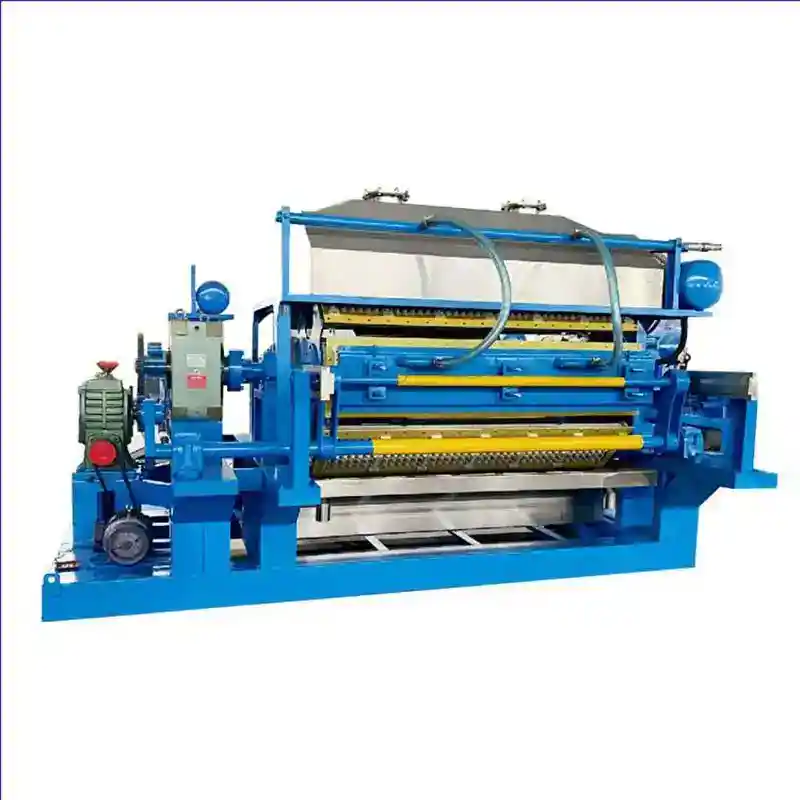Affordable Chicken Layer Cages Available for Purchase Today
Nov . 08, 2024 08:21 Back to list
Affordable Chicken Layer Cages Available for Purchase Today
Understanding Chicken Layer Cages for Sale An Investment in Poultry Farming
Poultry farming, particularly the egg production segment, is an essential aspect of agricultural practices worldwide. With the growing demand for eggs and the need for efficient farming practices, chicken layer cages have become a popular choice among both small-scale farmers and commercial poultry operations. This article will delve into the importance, benefits, and considerations of chicken layer cages for sale.
What Are Chicken Layer Cages?
Chicken layer cages are specially designed enclosures that house hens primarily raised for egg production. Unlike traditional free-range systems, layer cages provide a controlled environment where hens are kept in individual compartments. These systems are often made of high-quality materials such as galvanized wire, providing durability and ease of maintenance. Layer cages can vary in size and can accommodate different numbers of birds, depending on the operational scale.
Advantages of Using Chicken Layer Cages
1. Space Efficiency One of the most significant advantages of using layer cages is their ability to maximize space. Vertical stacking allows farmers to raise more birds in a smaller area compared to traditional farming methods. This can lead to increased productivity and profitability.
2. Improved Egg Production Studies have shown that hens in layer cages tend to have better egg production rates compared to those kept in free-range systems. The controlled environment minimizes stress and promotes healthy growth, leading to consistent egg-laying patterns.
3. Better Hygiene and Disease Control Layer cages improve sanitation by isolating birds from direct contact with their droppings. This setup reduces the risk of disease transmission and makes it easier to manage waste. Additionally, the design of these cages facilitates easier cleaning and maintenance, ensuring a healthier living environment for the hens.
4. Feeding and Watering Efficiency Feeding systems can be integrated directly into the cage setup, ensuring that each bird receives a consistent supply of feed and water. This controlled feeding mechanism contributes to better feed conversion rates, further enhancing productivity and lowering costs.
5. Labor Savings With chickens confined in cages, the need for manual handling decreases, thus reducing labor costs. Automated systems can be employed for feeding, watering, and egg collection, making the operation more efficient.
chicken layer cages for sale

Considerations Before Purchasing Layer Cages
While chicken layer cages offer numerous benefits, there are essential factors to consider before making a purchase
1. Initial Investment The cost of layer cages can vary significantly based on design, material, and capacity. Prospective buyers should evaluate their budget and consider the long-term return on investment.
2. Regulatory Compliance Different countries and regions have varying regulations concerning animal welfare. It is vital to ensure that the cage systems comply with local laws, especially regarding space allowance and ventilation.
3. Bird Welfare Although layer cages can improve efficiency, there are ethical concerns related to the confinement of hens. Many consumers are now advocating for more humane living conditions. Therefore, choosing systems that balance productivity and welfare is essential for maintaining a positive brand image.
4. Maintenance Requirements Layer cages require regular maintenance to ensure they function correctly. Buyers should consider the ease of access for cleaning and repair and factor in these costs when evaluating their investment.
5. Supplier Reputation It’s essential to purchase layer cages from reputable suppliers who offer quality products and support. Researching customer reviews and testimonials can provide insight into the reliability of the suppliers.
Conclusion
Chicken layer cages represent a significant advancement in poultry farming, combining efficiency with high productivity. They offer several advantages, including space efficiency, improved production rates, and enhanced sanitary conditions. However, prospective buyers must thoroughly assess their needs and the ethical implications of poultry farming as they consider investing in these systems. By making informed decisions, farmers can ensure that they adopt practices that are both profitable and humane, ultimately contributing to a more sustainable future in poultry farming. As the demand for eggs continues to rise, the role of chicken layer cages in meeting this need will invariably grow, making it a critical component of modern agriculture.
-
Hot Sale 24 & 18 Door Rabbit Cages - Premium Breeding Solutions
NewsJul.25,2025
-
Automatic Feeding Line System Pan Feeder Nipple Drinker - Anping County Yize Metal Products Co., Ltd.
NewsJul.21,2025
-
Automatic Feeding Line System Pan Feeder Nipple Drinker - Anping County Yize Metal Products Co., Ltd.
NewsJul.21,2025
-
Automatic Feeding Line System - Anping Yize | Precision & Nipple
NewsJul.21,2025
-
Automatic Feeding Line System - Anping Yize | Precision & Nipple
NewsJul.21,2025
-
Automatic Feeding Line System-Anping County Yize Metal Products Co., Ltd.|Efficient Feed Distribution&Customized Animal Farming Solutions
NewsJul.21,2025






